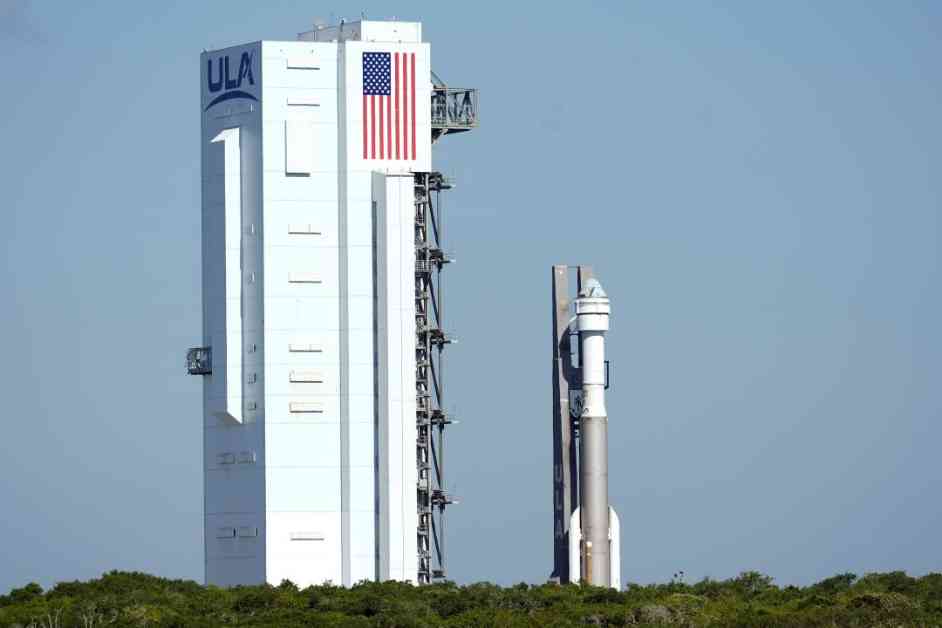NASA’s Costly Tower: A Project Gone Astray
Contracting projects that exceed their initial budget and timeline are unfortunately not uncommon in the world of aerospace construction. However, a recent report from NASA Inspector General George A. Scott has shed light on a particularly egregious example within the agency. The estimated cost of constructing a launch tower to accommodate the larger Space Launch System rocket has skyrocketed from $383 million to a projected final cost of $2.7 billion. This astronomical increase has raised eyebrows and questions about oversight and management within the project.
Bechtel’s Role in the Project
One of the key players in this costly endeavor is the contractor Bechtel, who has been tasked with constructing the Mobile Launcher-2 tower. Originally slated for completion in 2023, the project has faced significant delays and setbacks, with Bechtel falling far behind schedule. According to reports, the contractor has only just begun the physical construction phase of the tower, despite the project being well underway.
The new completion date for the tower is now set for September 2027, a significant delay that has raised concerns about the overall timeline of NASA’s Artemis IV mission. This mission, part of NASA’s series of exploratory moon missions, is crucial for the agency’s long-term goals of establishing a sustainable presence on the moon and eventually sending astronauts to Mars.
The Cost of Delays
The cost implications of these delays are staggering. The Mobile Launcher-2 tower, which will stand taller than a football field, is now projected to cost nearly seven times the original estimate. To put this into perspective, the tower’s final cost will surpass the amount it took to build the Burj Khalifa, the world’s tallest structure, by a significant margin. This cost overrun has raised questions about the efficiency and oversight of the project, as well as the accountability of the contractor involved.
The report from the NASA Inspector General highlights Bechtel’s underestimation of the labor required to complete the project, leading to a significant increase in overtime hours. In just under two years, Bechtel has accumulated 850,000 overtime hours, double their original allocation for overtime. This excessive use of labor resources has not only contributed to the delays in the project but has also raised concerns about the working conditions and efficiency of the construction process.
Challenges and Roadblocks
One of the key challenges facing NASA and Bechtel in this project is the lack of leverage within the contract to enforce stricter deadlines or cost controls. Despite the significant delays and cost overruns, NASA’s hands are tied when it comes to holding the contractor accountable for their performance. This lack of oversight has raised questions about the agency’s ability to effectively manage large-scale construction projects and ensure timely and cost-effective delivery.
The Artemis IV mission, which was originally scheduled to launch in 2028, is now facing further delays due to the Mobile Launcher-2 project. The report states that the tower will not be ready to support a launch until spring 2029, pushing back the timeline for the mission and raising concerns about the overall feasibility of NASA’s ambitious moon exploration program. Despite these setbacks, NASA remains committed to its long-term goals of establishing a sustainable presence on the moon and preparing for future missions to Mars.
In conclusion, the cost overruns and delays in the Mobile Launcher-2 project serve as a cautionary tale for NASA and other agencies involved in large-scale construction projects. The lack of oversight, accountability, and cost controls has led to significant challenges and roadblocks in the implementation of key missions and programs. Moving forward, it will be crucial for NASA to reevaluate its contracting processes, establish stricter oversight mechanisms, and hold contractors accountable for their performance to ensure the successful completion of future projects.

































































